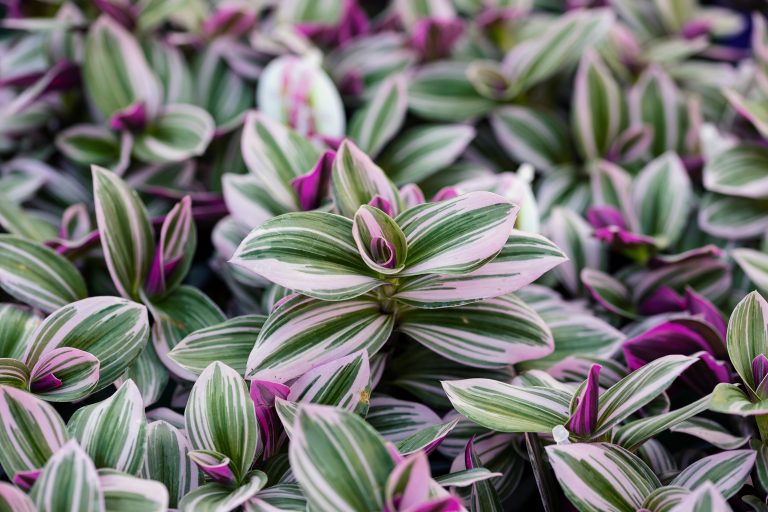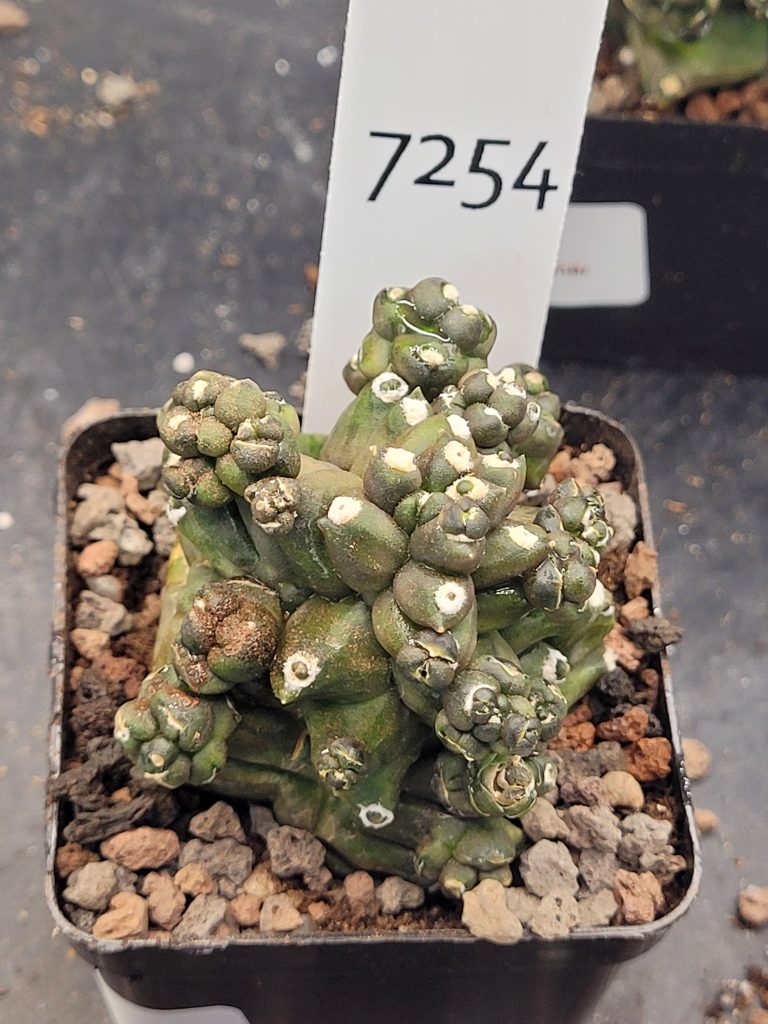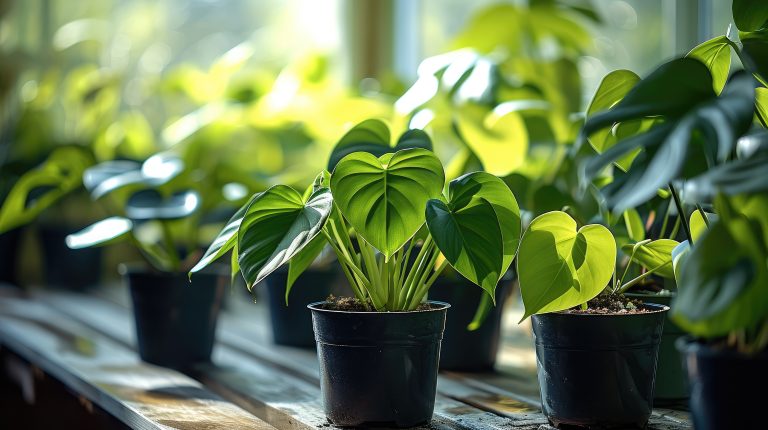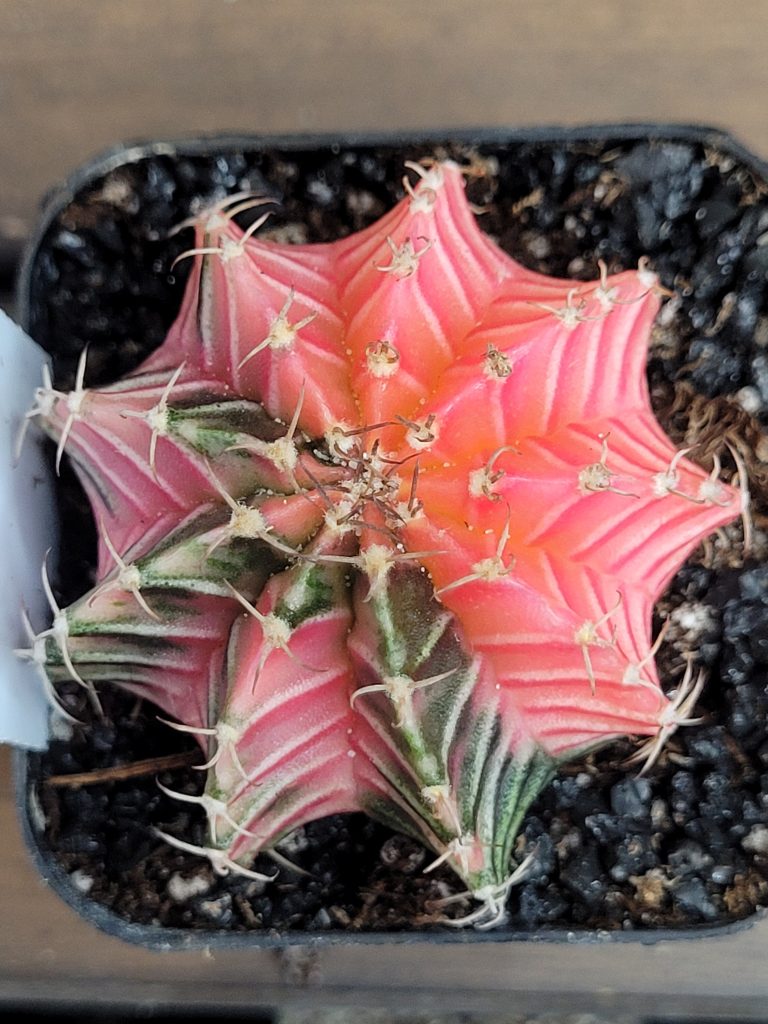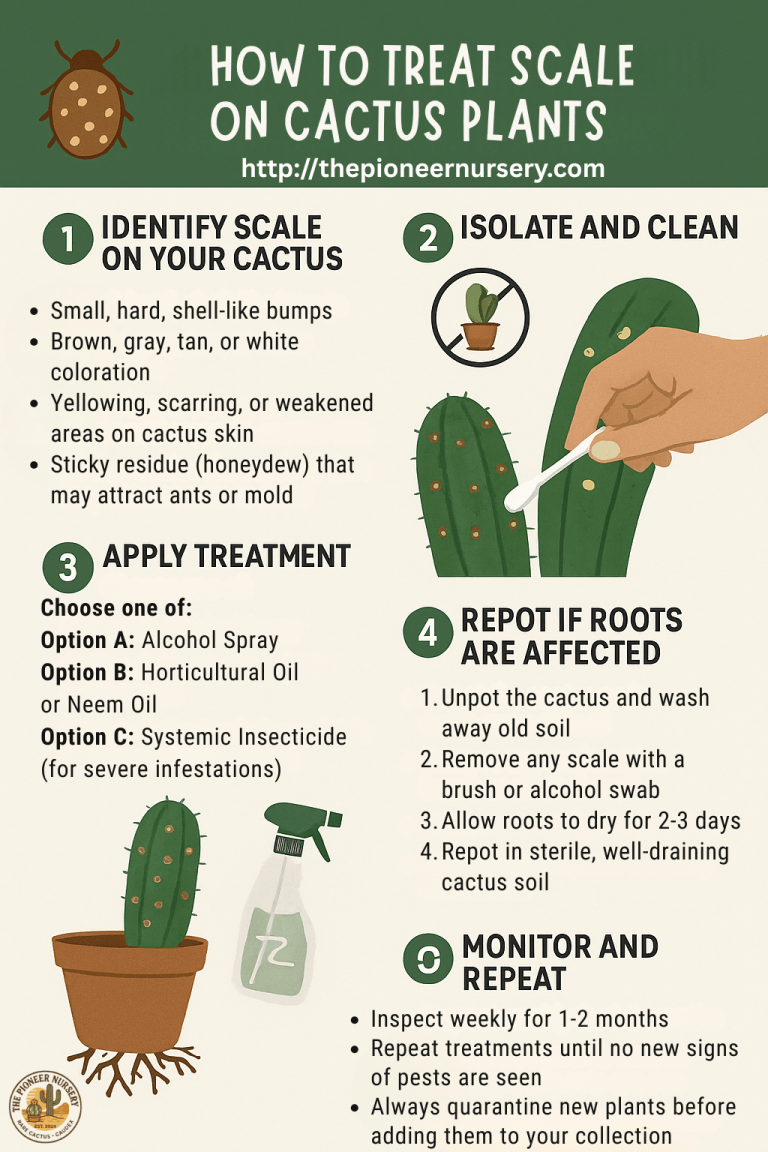Dioscorea Elephantipes, also known as the Elephant’s Foot or Hottentot Bread, is a fascinating and enigmatic succulent that captivates with its peculiar appearance and low-maintenance care requirements. Native to the arid regions of South Africa, this unique plant has garnered widespread popularity among succulent enthusiasts and collectors. In this comprehensive care guide, we’ll delve into the intricacies of nurturing and cultivating Dioscorea Elephantipes, unlocking the secrets to its thriving growth and longevity.
1. Understanding Dioscorea Elephantipes
Dioscorea Elephantipes is a member of the Dioscoreaceae family and is characterized by its distinctive caudex, which resembles the foot of an elephant or a swollen potato. This caudex serves as a reservoir for water storage, allowing the plant to survive prolonged periods of drought. The plant produces vining, heart-shaped leaves that emerge from the caudex during the growing season, adding to its unique charm.
2. Light Requirements
To thrive, Dioscorea Elephantipes requires ample sunlight. Place your plant in a location where it can receive bright, indirect sunlight for the majority of the day. Avoid placing it in direct sunlight, as this can lead to sunburn and damage to the delicate foliage. A south-facing or west-facing window with filtered sunlight is ideal for optimal growth.
3. Watering
As a desert-adapted succulent, Dioscorea Elephantipes is accustomed to arid conditions and prefers infrequent watering. Allow the soil to dry out completely between waterings, and then water thoroughly, ensuring that excess water drains away freely from the pot. During the winter months, reduce watering frequency to prevent root rot and waterlogged soil.
4. Soil and Potting
Use a well-draining soil mix specifically formulated for succulents and cacti. A blend of sandy loam, perlite, and coarse sand will provide adequate drainage and prevent water retention around the roots. Choose a shallow pot with ample drainage holes to allow excess water to escape, and avoid using pots that are too large, as this can lead to overwatering.
5. Temperature and Humidity
Dioscorea Elephantipes thrives in warm, dry conditions reminiscent of its native habitat. Maintain temperatures between 65°F to 85°F (18°C to 29°C) during the growing season, and provide protection from cold drafts and temperature fluctuations. While the plant can tolerate low humidity levels, it may benefit from occasional misting during periods of extreme dryness.
6. Dormancy and Growth Cycle
Dioscorea Elephantipes follows a natural growth cycle, entering a period of dormancy during the winter months. During this time, the plant may shed its leaves and reduce its overall water requirements. It is essential to respect the plant’s natural rhythm and refrain from overwatering or fertilizing during dormancy. As the growing season resumes in spring, new growth will emerge, signaling the plant’s return to activity.
7. Propagation
Propagation of Dioscorea Elephantipes is primarily achieved through seeds, as the plant rarely produces offsets or pups. Collect seeds from mature fruit capsules and sow them in a well-draining soil mix. Keep the soil consistently moist until germination occurs, which typically takes several weeks to months. Once the seedlings have established roots and developed a sturdy caudex, transplant them into individual pots and continue caring for them as mature plants.
Dioscorea Elephantipes is a remarkable succulent that exemplifies nature’s ingenuity and resilience. By providing the plant with the proper care and conditions outlined in this guide, you can cultivate a thriving specimen that will delight and inspire for years to come. Embrace the unique beauty of Dioscorea Elephantipes and embark on a rewarding journey of succulent cultivation.


